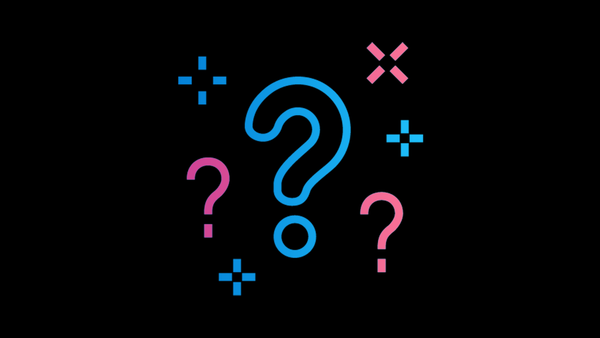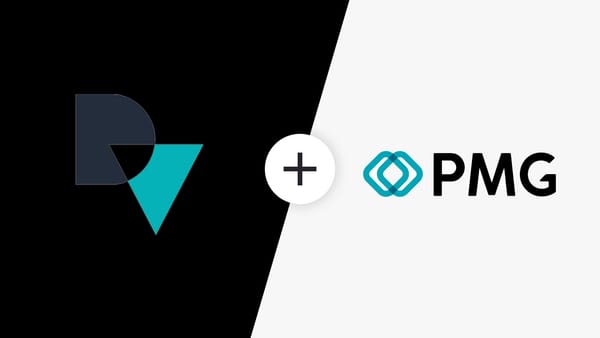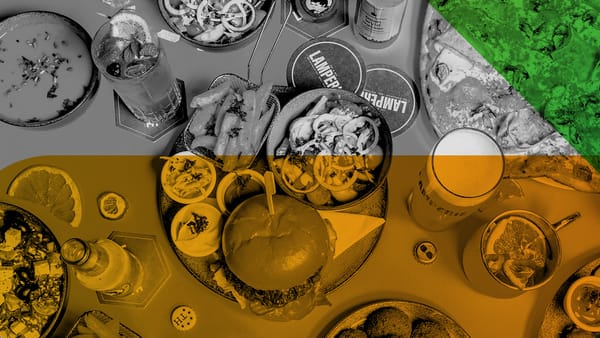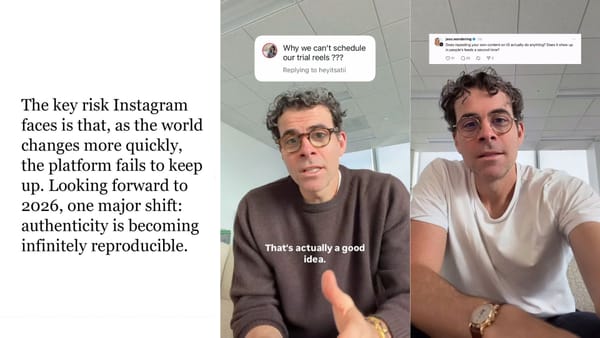The value of the global influencer marketing sector has been predicted to reach 24 billion USD by the end of 2024. Almost two-thirds (63%) of consumers confirm that influencers’ posts have some sway on their purchase decisions, and almost half (48%) say they look to influencers for product recommendations - emphasising the power of the creator economy for revenue generation.
While influencer marketing has expanded rapidly, more than tripling between 2019 and 2023, it is still evolving. Technology now plays a critical role in optimising the effectiveness of these partnerships. From identifying the right creators to ensuring campaigns meet their objectives, the right tools can enhance every step of the process, allowing brands to navigate this space more effectively.
Technology can help (and hinder) at every stage of the lifecycle of an influencer marketing campaign. Each campaign follows a series of steps, each contingent on the success of the one before. Let’s take a look at the four overarching stages to consider when implementing an influencer partnership model:
- Creator discovery: Rather than conducting manual internet searches and sending out endless communications to prospective partners, both brands and creators need access to smart matching tools that offer them an efficient and effective way to identify one another. As part of this process, the technology has to be able to pull together meaningful data - such as previous working collaborations and social platform prevalence and popularity - to recommend new alliances. Like a dating website, but significantly more rewarding.
- Partnership set-up: For brands looking to build and sustain long-term influencer relationships, an efficient onboarding process is essential. This includes clearly sharing goals and aligning expectations from the very beginning to ensure a smooth partnership. The requirement is therefore for user-friendly platforms to complement expert teams on the ground, and provide a transparent, central source of information on contracts and KPIs.
- Campaign management and measurement: Knowing that deliverables have been clearly articulated at the beginning of a new partnership does not guarantee performance against those targets over time. A vital tool for brands incorporating influencer marketing into their campaigns is an analytics platform that provides access to ongoing, real-time performance data against agreed outcomes. This will most likely take the form of customisable reporting, according to the metrics required in that moment. For instance, B&Q’s influencer programme focuses on CTR - a metric impact.com helped the retailer’s analytics team to track through bespoke reporting.
Whatever the campaign goal, full visibility allows for continual optimisation and informs brand-influencer conversations, ultimately driving a healthy brand-creator partnership over time. As a campaign draws to a close, it is crucial to ascertain the impact of the partnership in line with desired outcomes (whether that’s brand uplift, sales, subscriptions or something else) and to understand the impact of a creator’s activity at a content, platform and even user-device level. Ultimately, that is what determines if the marketing approach has been a success.
- Compensation models: With negotiations and payment parameters having been decided during early-stage negotiations, it is crucial to be able to manage payments in line with those agreements. Unsurprisingly, compensation remains a top priority for creators - and so does trust in the brand.
Flexible payment models, including cross-border capabilities, offer an incentive for influencers to work with a brand and is also a way to protect and preserve that relationship, if required, from one campaign to the next. Needless to say, being able to demonstrate financial compliance through payment processes is a key element in demonstrating the trustworthiness of a brand and protecting all those in the partnership.
Of course, at all these stages, brands and creators need access to the right tools to maximise both their relationship, and creator activity to drive conversions.
To discuss these in more detail, I will be hosting an exclusive webinar The Power of Technology in Influencer Marketing: Tools, Tips, and Best Practices with guest speakers Lydia Perrin from B&Q and Julia Salume from Moburst, in which you can hear first-hand how leading brands are navigating the partnership economy, and the tools we offer those brands to manage these campaigns more effectively. Whether you're new to influencer marketing or looking to sharpen your approach, this session will provide actionable takeaways to help you elevate your own campaigns.
We hope you can join us on 3rd October 2024 at 12pm BST to hear more thoughts on the power of innovative technology to maximise the returns of influencer marketing. See you there!









